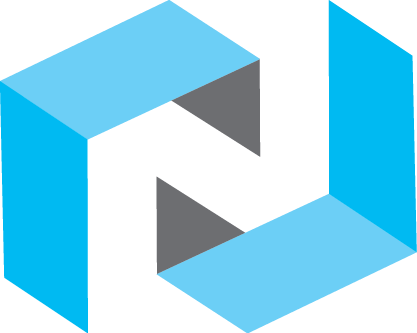
Cloud
Cloud solutions enable businesses to scale their operations, improve collaboration, and reduce IT costs while offering flexibility and accessibility from anywhere.
Infrastructure as a Service (IaaS)
Provides virtualized computing resources over the internet, such as servers, storage, and networking.
Platform as a Service (PaaS)
Offers a platform that allows developers to build, deploy, and manage applications without worrying about the underlying infrastructure.
Software as a Service (SaaS
Delivers software applications over the internet, typically on a subscription basis.
Cloud Storage
Provides scalable storage solutions that can be accessed and managed online.
Cloud Backup and Disaster Recovery
Solutions designed to back up data and systems to the cloud, ensuring recovery in case of data loss or system failure.
Cloud Security
Services that help protect cloud-based systems, applications, and data from security threats.
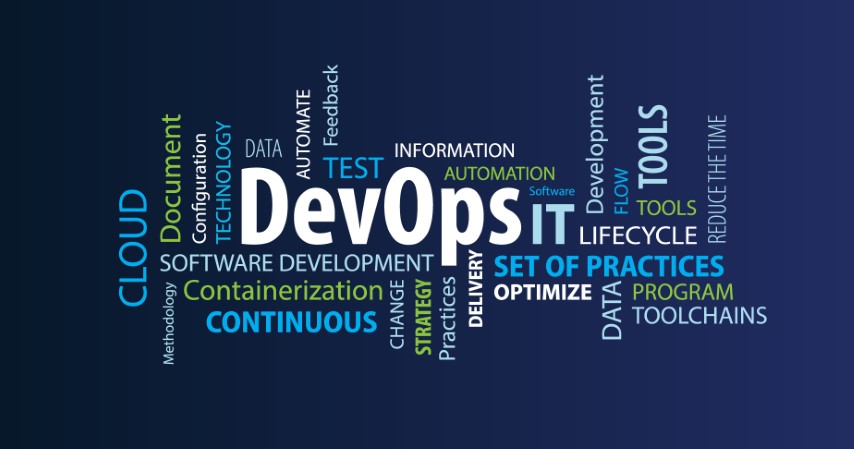
Designed for developers. Built for business.
Infrastructure as Code (IaC) is the process of managing and provisioning computing infrastructure through machine-readable definition files, rather than through physical hardware configuration or interactive configuration tools. This approach allows developers and IT operations teams to write and execute code that automates the process of setting up, configuring, and managing infrastructure.
Idempotency
Idempotency means that applying the same configuration multiple times will have the same effect as applying it once. This principle ensures that infrastructure configurations are consistent and predictable, even if an IaC script is executed multiple times.
Declarative vs. Imperative Approaches
In the declarative approach, users define the desired state of the infrastructure, and the IaC tool automatically handles the necessary steps to achieve that state. In the imperative approach, users explicitly define the sequence of commands to be executed to achieve the desired state.
Version Control
IaC scripts are typically stored in version control systems (VCS) like Git, allowing teams to track changes, collaborate, and roll back to previous configurations if necessary. This practice aligns infrastructure management with software development workflows.
Automation and Reusability
IaC encourages automation by allowing infrastructure to be defined in reusable code modules. These modules can be applied consistently across different environments (development, staging, production), reducing manual effort and the risk of errors.
Testing and Validation
Just like application code, IaC can be tested and validated before deployment. This helps to ensure that configurations are correct and that any issues are identified early in the deployment process.
Easily integrate
Several tools are widely used for implementing Infrastructure as Code, each with its strengths and use cases
DevOps - Modern Software Development and IT Operations
In today’s fast-paced digital world, the demand for rapid, reliable software delivery has never been higher. Traditional development and operations models, which often functioned in silos, struggled to keep up with the need for speed and agility. Enter DevOps—a cultural and technical movement designed to break down these silos and create a seamless, collaborative environment between development and operations teams.

Collaboration and Communication
At its heart, DevOps is about breaking down the barriers between development and operations teams. By fostering a culture of open communication and collaboration, these traditionally separate teams can work together more effectively, leading to faster problem resolution, better product quality, and a more cohesive working environment.
Automation
Automation is a key enabler of DevOps. By automating repetitive tasks—such as code integration, testing, deployment, and infrastructure management—teams can reduce human error, accelerate processes, and focus on higher-value activities. Automation also supports consistency, ensuring that processes are repeatable and reliable.
Continuous Integration and Continuous Deployment (CI/CD)
CI/CD is a cornerstone of DevOps practices. Continuous Integration (CI) involves automatically integrating code changes from multiple contributors into a shared repository several times a day. Continuous Deployment (CD) takes this a step further by automatically deploying every code change that passes automated tests into production. Together, CI/CD ensures that software is always in a deployable state, reduces the risk of bugs, and allows for rapid delivery of features and updates.
Infrastructure as Code (IaC)
Infrastructure as Code (IaC) is a practice that involves managing and provisioning computing infrastructure through machine-readable definition files rather than manual hardware configuration. IaC enables automation of infrastructure management, making it possible to version control infrastructure and treat it similarly to application code.
Rapidly provision one to thousands of worloads!

Amazon Web Services (AWS)
Launched in 2006, AWS is a subsidiary of Amazon and is one of the oldest and most widely used cloud platforms. AWS offers a comprehensive suite of cloud services, ranging from computing power and storage to machine learning, analytics, and IoT.
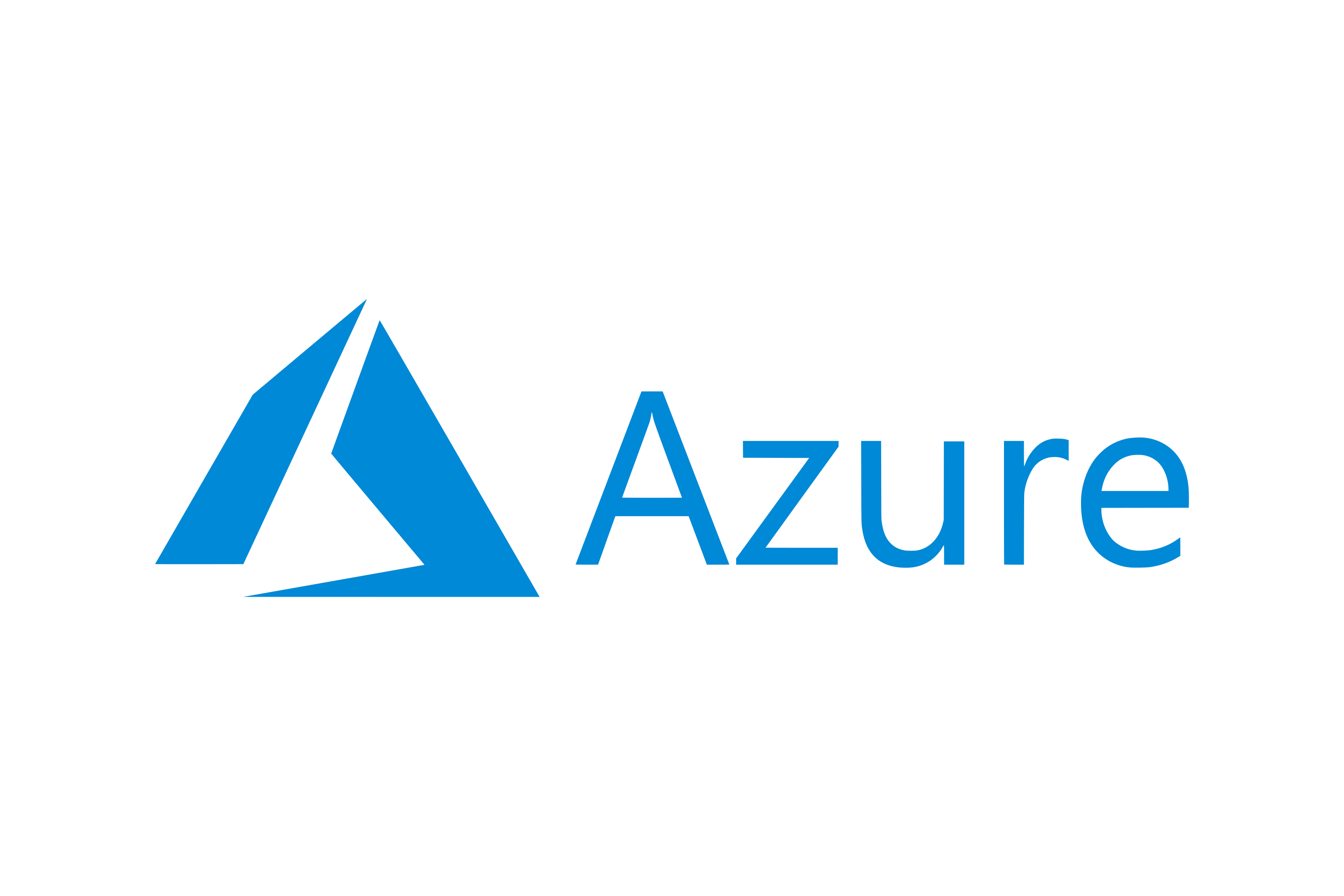
Microsoft Azure
Launched in 2010, Azure is Microsoft's cloud platform, offering a broad set of services, including computing, analytics, storage, and networking. Azure is integrated with Microsoft's software products, making it a popular choice for enterprises already using Microsoft tools.

Google Cloud Platform
Launched in 2008, GCP is Google’s cloud computing service. It’s known for its strengths in data analytics, machine learning, and AI, leveraging Google’s expertise in these areas.
We can support your journey to cloud in different deployment models !
Public Cloud
In the public cloud model, services are delivered over the internet by third-party providers. These resources are shared among multiple users (tenants), making them cost-effective and scalable. Examples include AWS, Microsoft Azure, and GCP.
Private Cloud
A private cloud is dedicated to a single organization, offering greater control and security. It can be hosted on-premises or by a third-party provider. This model is ideal for organizations with strict regulatory or security requirements.
Hybrid Cloud
The hybrid cloud model combines public and private clouds, allowing data and applications to be shared between them. This approach offers greater flexibility and optimization, enabling businesses to leverage the benefits of both models.
Multi-Cloud
Multi-cloud refers to the use of multiple cloud services from different providers. This approach prevents vendor lock-in, enhances redundancy, and allows organizations to select the best services for their specific needs.
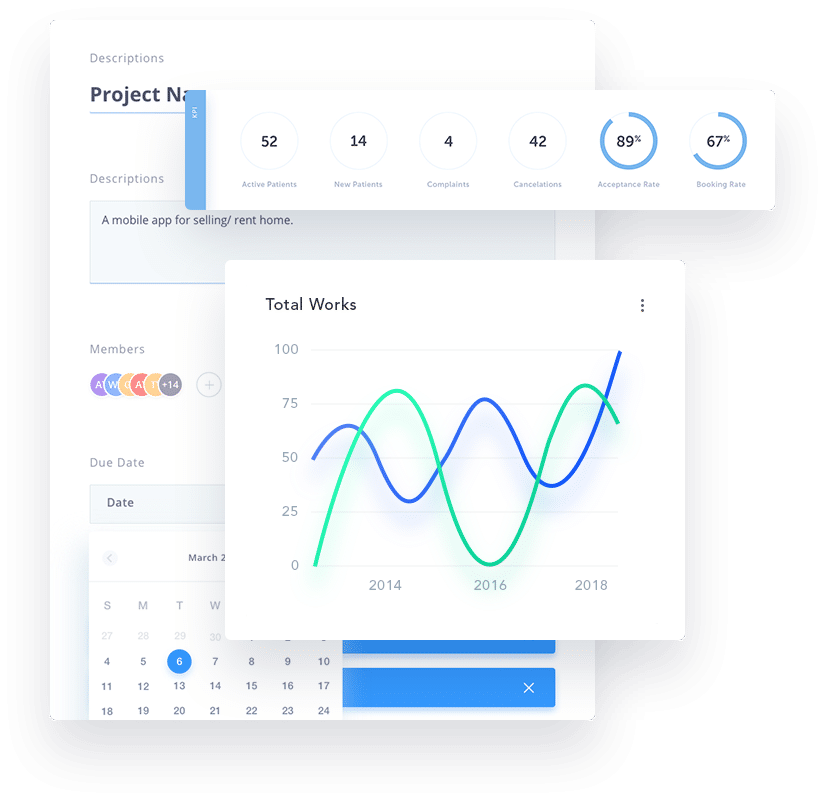
Cost Efficiency
By moving to the cloud, companies can reduce or eliminate the need for on-premises hardware, lowering capital expenditures. The pay-as-you-go pricing model ensures you only pay for the resources you use, leading to potential cost savings.
Scalability and Flexibility
Cloud platforms allow you to easily scale resources up or down based on demand. This flexibility helps businesses handle varying workloads without the need for significant upfront investments in infrastructure.
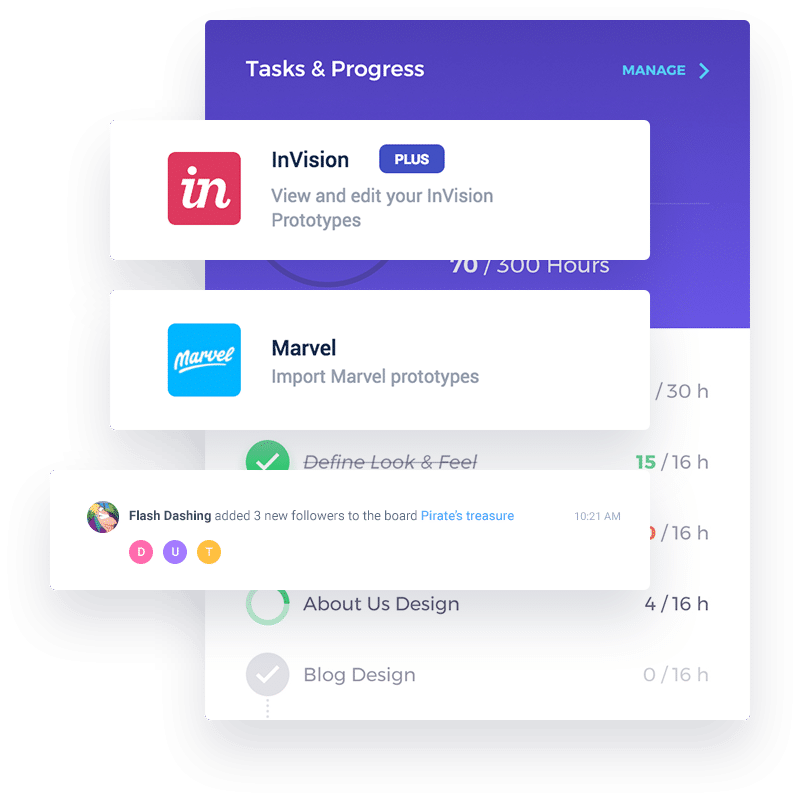
Copyright © 2024 SOLTEGRO – IT Consulting Services
Cracow | Poland










